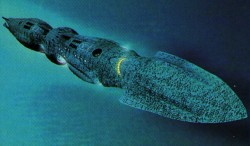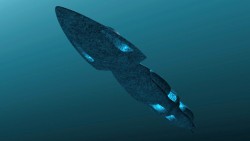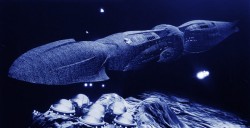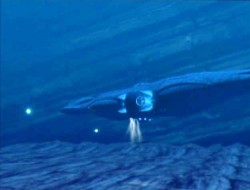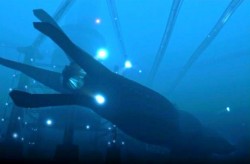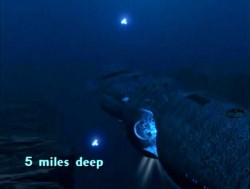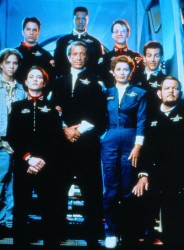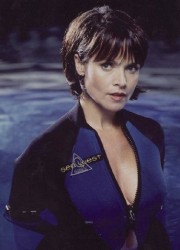DEEP SUBMERGENCE VEHICLE SEAQUEST

In a world where the Human Race is returning in numbers to the sea, the ultimate exploration and peacekeeping tool is SeaQuest, DSV.
The brainchild of Nathan Bridger, SeaQuest was built in the wake of the colonization of Earth’s oceans by governments and private interests in search of living space and resources. Originally assigned to a more military mission, SeaQuest was eventually turned over to the United Earth Oceans Organization (UEO), an international ocean management agency. In UEO service and under Bridger’s command, SeaQuest performed peacekeeping and rescue duties across the world’s oceans as well as engaging in and supporting undersea exploration and research.
SeaQuest was over three hundred meters long and had a maximum speed of 160 knots and a crush depth of 9 kilometers. Her complement consisted of 88 military officers and crew and 124 scientific research personnel. She was powered by two fusion reactors and carried a large array of smaller submersible craft for exploration, transport and combat. Her armament was extensive, including nuclear and conventionally tipped missiles and torpedos. Most notable among her equipment were the remote-controlled probes known as “Whiskers.” (WSKRS - Wireless Sea Knowledge Retrieval Satellites.)
seaQuest DSV

Created by Rockne S. O’Bannon and produced by Steven Spielberg, seaQuest DSV was the NBC science fiction series which focused on Humanity’s future at sea. It starred Roy Scheider as Captain Nathan Bridger - and later Michael Ironside as Captain Oliver Hudson - and ran for three seasons. It was sometimes referred to as “Star Trek Underwater,” given her similarities to Star Trek: The Next Generation.

